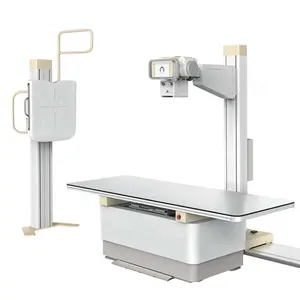Introduction to Dental Loups
Dental loups are specialized optical devices used primarily by dental professionals to enhance visibility during intricate procedures. These instruments are crucial in the field of dentistry, allowing practitioners to see fine details that would otherwise be invisible to the naked eye. By incorporating magnification and improved lighting, dental loups help to ensure precision and accuracy in treatments, significantly enhancing patient outcomes.
Types of Dental Loups
- TTL (Through The Lens) Loups: These loups are integrated directly into the frame of the glasses, offering a lightweight option that provides high-quality optical performance.
- Flip-Up Loups: Versatile and easily adjustable, flip-up loups can be tilted away when not in use, allowing for quick transitions between magnification and unassisted vision.
- Binocular Loups: Offering a three-dimensional view, binocular loups enhance depth perception, critical for complex dental procedures.
- Light Loups: Equipped with integrated LED lighting, these loups illuminate the workspace, improving visibility even in the most challenging conditions.
Applications of Dental Loups
- General Dentistry: Used in routine examinations and cleanings to ensure thorough treatment and identification of dental issues.
- Surgery: Essential for complex procedures such as root canals or implants where precision is paramount.
- Pediatric Dentistry: Effective in providing better visibility in smaller mouth spaces of children, allowing for safer and more efficient procedures.
- Periodontics: Facilitates detailed examination of periodontal tissues, crucial for proper diagnosis and treatment planning.
Advantages of Using Dental Loups
- Enhanced Visualization: Dental loups drastically improve the clarity of the operator's view, revealing important details that can prevent misdiagnosis.
- Reduced Strain: The ergonomic design allows dental professionals to maintain a natural posture, reducing neck and back strain during procedures.
- Improved Precision: With higher magnification, practitioners can perform with greater accuracy, leading to improved treatment outcomes and patient satisfaction.
- Increased Confidence: Enhanced visibility allows practitioners to work with more assurance, which can positively influence their overall technique and patient care.
































































 浙公网安备 33010002000092号
浙公网安备 33010002000092号 浙B2-20120091-4
浙B2-20120091-4